Personality and Sound: Hermann Ludwig Helmholtz - from fundamental physics to physiology of hearing and psychoacoustics
With this article I will begin the next biographical cycle dedicated to scientists, thanks to whom we really know a lot about the physical nature of sound.
My choice is not accidental, since Hermann Helmholtz laid the foundations of such areas of scientific knowledge as: acoustics, electrodynamics, physiology of hearing, psychoacoustics. The contribution of this scientist to physics in general and to acoustics in particular is difficult to overestimate. Regarding sound equipment and musical instruments, it is difficult to imagine anything that does not use the discoveries and studies of this person.
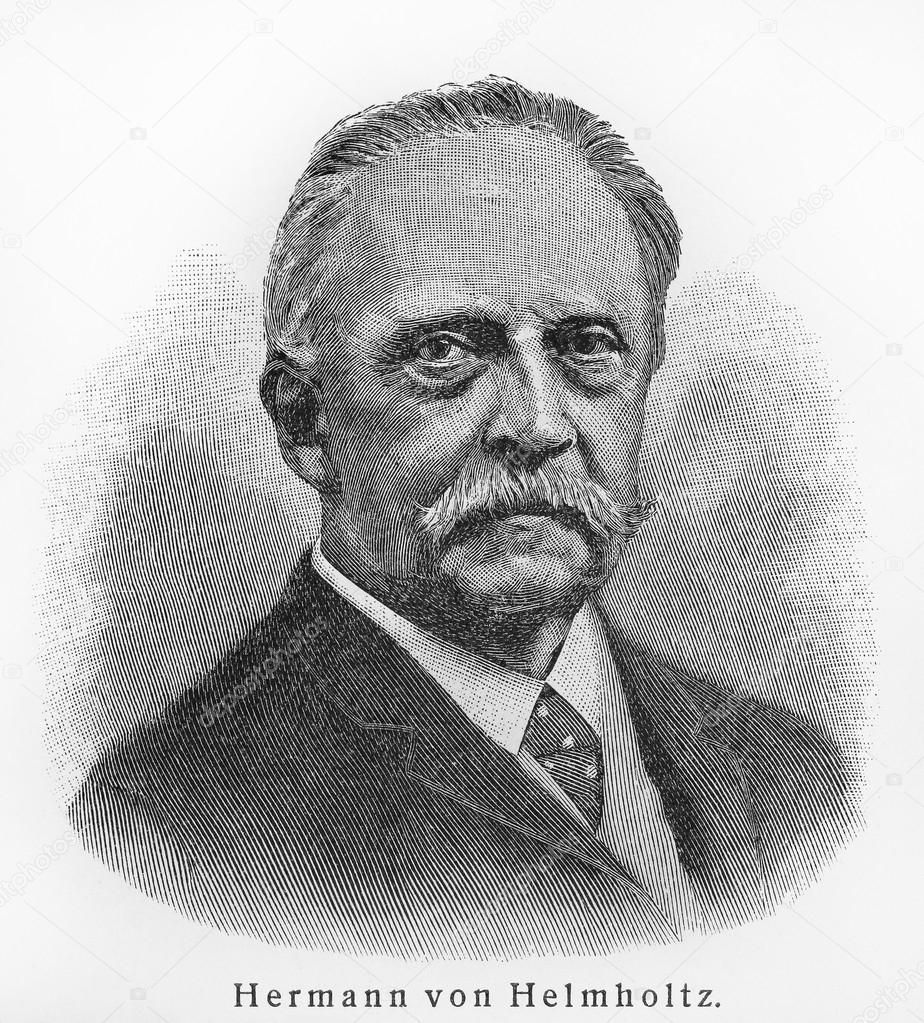
')
Helmholtz first created the electromechanical prototype of a sound synthesizer, described the mechanism of hearing, built a model of the human ear, and substantiated the wave nature of sound. The first and one of the most well-defined definitions of timbre (according to Professor Aldoshinoy, predetermined studies of sound in this area for 100 years), the creation of a resonator, and detailed studies of string vibrations are among the scholar’s merits. As the true son of his time, Helmholtz was engaged not only in acoustics, among the works of the researcher - research in the field of mathematics, the nature of electricity, psychology, thermodynamics, optics, physiology, medicine, meteorology.
In other words, Helmholtz was engaged in everything that in his time could be called innovative, everything that was the vanguard of science and progress. It was Helmholtz who was one of the leaders of the physical community of Germany in the middle - late 19th century. It is no accident that the largest association of German research centers was named after him.
Hermann Helmholtz was born on August 31, 1821, in the family of professor of philology Ferdinand Helmholtz, teacher of German, sub-director of the Potsdam gymnasium, and housewife Caroline Helmholtz (nee Penn), of American origin.
Interestingly, the father of the scientist August-Ferdinand-Julius Helmholtz studied theology at the University of Berlin, and later completed his studies at the faculty of German philology, i.e. was a humanist to the bone marrow.
As a real nationalist who dreamed of the revival of Germany, Ferdinand interrupted his studies at the university and, as a volunteer, volunteered to take part in the hostilities in 1813-1815. After completing his studies in 1820, August Ferdinand takes the place of a gymnasium teacher in Potsdam and in the same year marries Caroline Penn. A year later, the first-born comes to light, who is destined to become a genius and change (and in some cases form) the ideas of contemporaries about the nature of a huge number of phenomena.
Strangely enough, as a child, Hermann Helmholtz showed no signs of genius and, in principle, did not give any hope for a promising future. According to the memoirs of parents, the future scientist was very painful and from an early age suffered from a memory disorder, with great difficulty distinguishing the right and left sides. While studying at the gymnasium where his father taught, Herman was a very mediocre student, had problems with grammar. The latter circumstance is especially strange, given the education of the father.
However, the deficiencies of humanitarian abilities were more than compensated for by the propensity to the exact and natural sciences: physics, biology and mathematics. According to the memoirs of the scientist himself, he was still interested in optics during his school years, and, being a high-school student, he formulated several optical theorems. One way or another, but the talents of Helmholtz were not perceived by the gymnasium teachers, and at the age of 17, Herman completed his studies with a not very impressive certificate.
Despite the relatively high social status of the future scientist’s family, the financial situation of the parents did not allow the young Helmholtz to study at his own expense. Alternatively, on the recommendation of relatives, Herman chooses a career as a military surgeon. It is not excluded that the successful experience of military service and the conviction of the father influenced the choice of the young man.
It is believed that the choice was due to the opportunity to get free education in the Berlin Royal Medical-Surgical Institute of Friedrich Wilhelm, with the mandatory distribution as a military doctor for 8 years. After successfully graduating from university, Helmholtz practiced at home in Potsdam. In the cozy "medical battalion" of the Potsdam "barracks" the physician and physicist survived until 1848, when, thanks to righteous labors in the scientific field, he did not receive an "early release" from the government distribution. It should be noted that during the service Helmholtz finds time and opportunities for research. This period of a scientist’s life is associated with discoveries in the field of fundamental physical laws.
Early termination of military service scientists was connected with the petition of Humboldt, who, having admired the monograph of Helmholtz “Über die Erhaltung der Kraft” - (“On Preservation of Power”), pressed the authority of the physicist with his authority of the great European science leader. In this fundamental work, Helmholtz supports Meyer’s energy conservation law by formulating it more precisely and leaving no grounds for disputes over its existence. Later, the scientist will devote several more works to the topic of energy conservation in chemical processes, and in 1881 he will form an idea of free energy.

In 1848, after completing his service, Helmholtz became an anatomy teacher at the Berlin Academy of Arts. However, in this position is less than a year. A year later, the glory of the rising star of German science brings him the title of professor of physiology and pathology, as well as a place in the prestigious Königsberg University.
In parallel with physics, Helmholtz is engaged in research in the field of physiology. The scientist focuses on hearing and vision, as well as neurophysiological processes and growth of nerve fibers. Many consider the scientist one of the "great-grandfathers" of modern cognitive psychology, neurophysiology, and neuroscience. It was he who made the first attempt to describe the effect of unconscious processes on perception, noted the interrelation of the psyche and muscular reactions, began to study the processes of memory and the accumulation of experience.
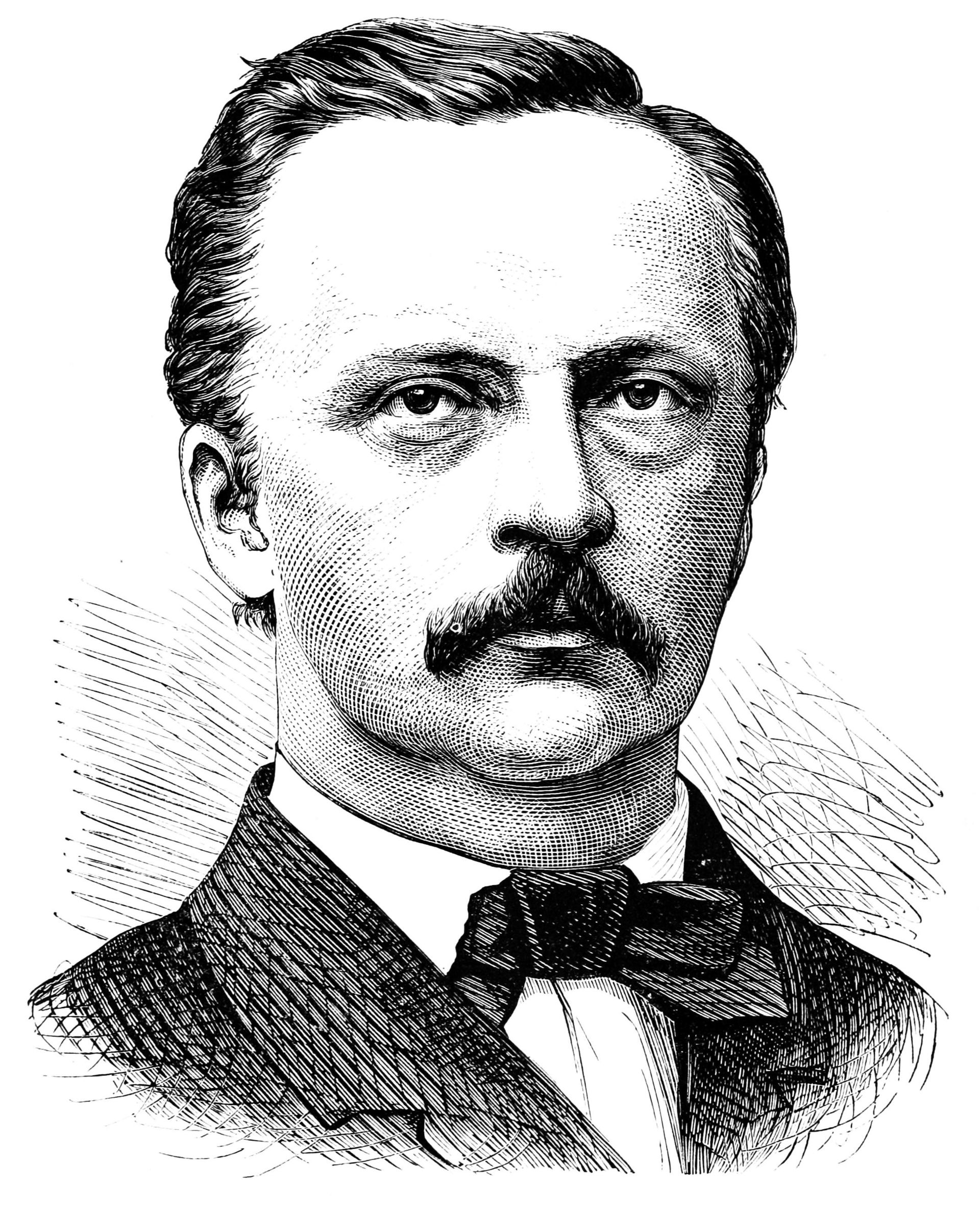
Among the studies of this period in the life of a physicist, one can distinguish the discovery of the velocity of propagation of a nerve impulse. At the same time, Helmholtz is actively experimenting with optics. Active research is bearing fruit; in 1850-1851, the scientist invents the ophthalmoscope and the ophthalmometer, the devices will take their place in medical and scientific practice.
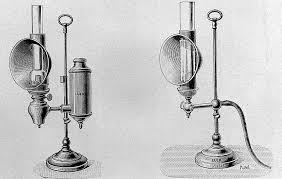
Throughout his research activities, a scientist with great interest conducts research related to the physiology of hearing and psychoacoustics. In 1849-1850, the scientist discovered the phenomenon of acoustic resonance in the cavity (Helmholtz resonance) and for the analysis of acoustic signals creates a special device - a resonator.
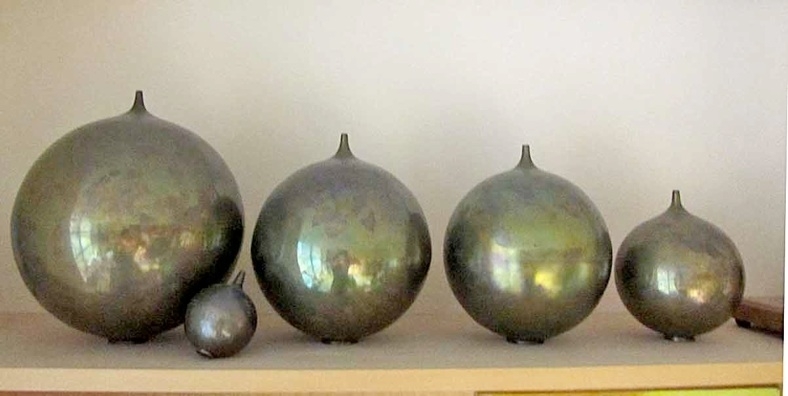
Today, the principle of the Helmholtz resonator is actively used in acoustic treatment of rooms, creating concert halls, demonstration rooms, recording studios, anechoic chambers, as well as car silencers.
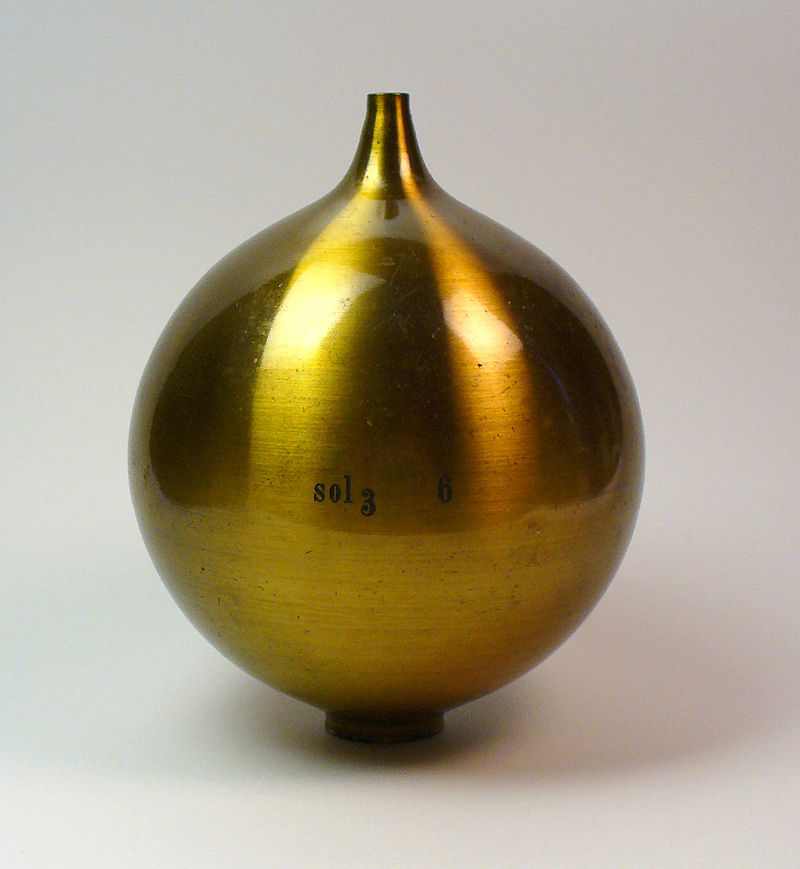

Acoustic panels in which the principle of the Helmholtz resonator is applied
In 1855 the scientist became the head of the department of anatomy and physiology in Bonn. In this position, in 1856, working closely with the physiology of sensations and the physical fundamentals of acoustics, the scientist creates a model of the human ear, which allows to study the effect of sound on the organ of human hearing. In the same year, Helmholtz explores combinational tones, laying the foundation for the study of nonlinear distortions of sound waves. Creating the theory of combination tones, Helmholtz first drew attention to the nonlinearity of the human auditory tract, in particular the eardrum.
In 1858, the scientist again changed his place of work and became the head of the department of physiology in Heidelberg, where he continued physical, physiological, psychoacoustic research. Between 1850 - 1870 (there is no information about the exact time) Helmholtz develops one of the first prototypes of a modern synthesizer, an instrument that allows electromechanically to get the sound of the required frequency when you press the corresponding key. At the moment, the device is known as the “Large Helmholtz device for connecting timbres of 10 harmonics” or a Fourier synthesizer.
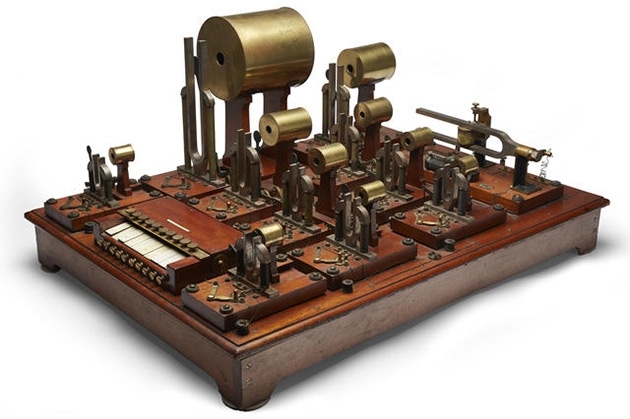
In the process of studying the characteristics of sound, it is Helmholtz who gives the first scientific definition of timbre, on which researchers of this property of sound will rely for decades.
Only in the 70s of the 20th century can supplement the harmonious concept of timbre.
In numerous works on the acoustics and physiology of hearing, Helmholtz irrefutably proves that sensations, including hearing, are of a physical nature. At the same time, the dominant doctrine of that time interpreted sensations and perceptions on the basis of a theological approach as an incomprehensible spiritual act.
In 1870, the scientist became a member of the Prussian Academy of Sciences, where he headed the first department of physics, and later headed the physics institute. During this period, Helmholtz concentrates on the study of electrodynamics. The scientist until the end of his life continues active scientific research. Contemporaries are struck by the fecundity and tirelessness of a colleague who combines research with active teaching.
I want to note that the acoustics occupied the scientist no less, and some periods even more than other areas of physical knowledge. At the same time, lifetime recognition in the world scientific environment, the scientist receives primarily for research in the field of fundamental and mathematical physics. The understanding and significance of the Helmholtz acoustic research comes much later, when the research finds practical application.
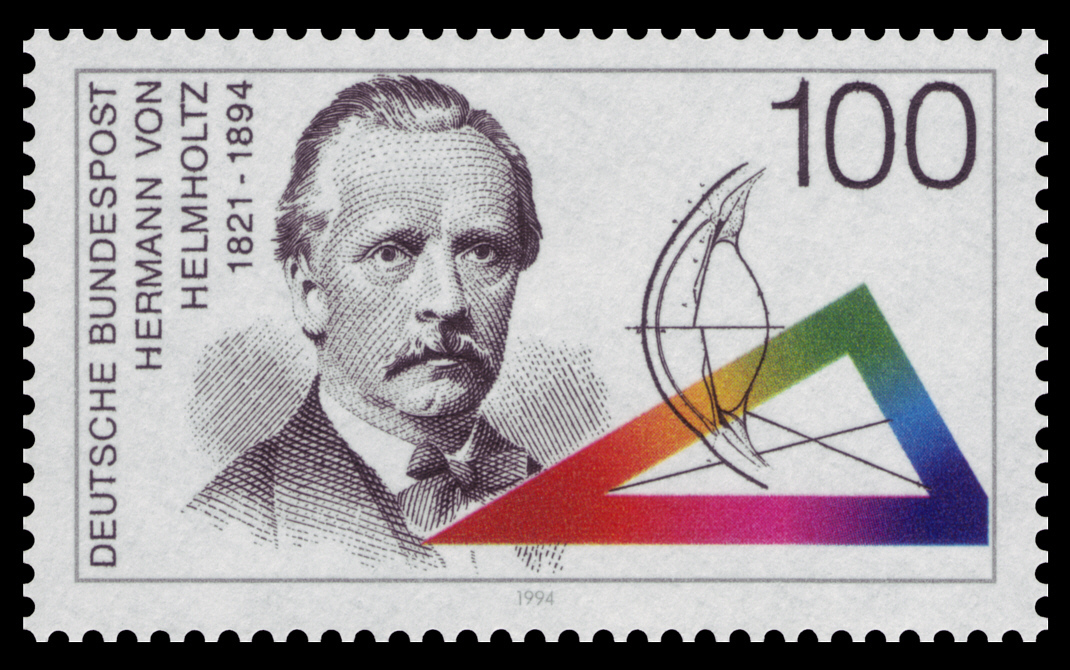
Among the students and partners of Helmholtz in research are the names of such scholars as: V. Wundt, G. Hertz, L. Boltzmann, I.. Sechenov, D. A. Lachinov, A.G. Stoletov, K.A. Timiryazev. The positions held by the scientist speak eloquently of its importance for world and German science: the director of the Physics Institute, the rector of the University of Berlin, the president of the imperial Institute of Physics and Technology. International recognition is evidenced by the membership of Helmholtz in the British, Prague and St. Petersburg Academies of Sciences.
At the end of his life, the scientist experiences more and more memory problems that he knew from childhood, but continues to work and teach with manic persistence. Death overtook the genius in Berlin in September 1894
My choice is not accidental, since Hermann Helmholtz laid the foundations of such areas of scientific knowledge as: acoustics, electrodynamics, physiology of hearing, psychoacoustics. The contribution of this scientist to physics in general and to acoustics in particular is difficult to overestimate. Regarding sound equipment and musical instruments, it is difficult to imagine anything that does not use the discoveries and studies of this person.

')
Helmholtz first created the electromechanical prototype of a sound synthesizer, described the mechanism of hearing, built a model of the human ear, and substantiated the wave nature of sound. The first and one of the most well-defined definitions of timbre (according to Professor Aldoshinoy, predetermined studies of sound in this area for 100 years), the creation of a resonator, and detailed studies of string vibrations are among the scholar’s merits. As the true son of his time, Helmholtz was engaged not only in acoustics, among the works of the researcher - research in the field of mathematics, the nature of electricity, psychology, thermodynamics, optics, physiology, medicine, meteorology.
In other words, Helmholtz was engaged in everything that in his time could be called innovative, everything that was the vanguard of science and progress. It was Helmholtz who was one of the leaders of the physical community of Germany in the middle - late 19th century. It is no accident that the largest association of German research centers was named after him.
Genius childhood: son of a nationalist humanist, mediocre high school student
Hermann Helmholtz was born on August 31, 1821, in the family of professor of philology Ferdinand Helmholtz, teacher of German, sub-director of the Potsdam gymnasium, and housewife Caroline Helmholtz (nee Penn), of American origin.
Interestingly, the father of the scientist August-Ferdinand-Julius Helmholtz studied theology at the University of Berlin, and later completed his studies at the faculty of German philology, i.e. was a humanist to the bone marrow.
As a real nationalist who dreamed of the revival of Germany, Ferdinand interrupted his studies at the university and, as a volunteer, volunteered to take part in the hostilities in 1813-1815. After completing his studies in 1820, August Ferdinand takes the place of a gymnasium teacher in Potsdam and in the same year marries Caroline Penn. A year later, the first-born comes to light, who is destined to become a genius and change (and in some cases form) the ideas of contemporaries about the nature of a huge number of phenomena.
Strangely enough, as a child, Hermann Helmholtz showed no signs of genius and, in principle, did not give any hope for a promising future. According to the memoirs of parents, the future scientist was very painful and from an early age suffered from a memory disorder, with great difficulty distinguishing the right and left sides. While studying at the gymnasium where his father taught, Herman was a very mediocre student, had problems with grammar. The latter circumstance is especially strange, given the education of the father.
However, the deficiencies of humanitarian abilities were more than compensated for by the propensity to the exact and natural sciences: physics, biology and mathematics. According to the memoirs of the scientist himself, he was still interested in optics during his school years, and, being a high-school student, he formulated several optical theorems. One way or another, but the talents of Helmholtz were not perceived by the gymnasium teachers, and at the age of 17, Herman completed his studies with a not very impressive certificate.
The best physicist among doctors
Despite the relatively high social status of the future scientist’s family, the financial situation of the parents did not allow the young Helmholtz to study at his own expense. Alternatively, on the recommendation of relatives, Herman chooses a career as a military surgeon. It is not excluded that the successful experience of military service and the conviction of the father influenced the choice of the young man.
It is believed that the choice was due to the opportunity to get free education in the Berlin Royal Medical-Surgical Institute of Friedrich Wilhelm, with the mandatory distribution as a military doctor for 8 years. After successfully graduating from university, Helmholtz practiced at home in Potsdam. In the cozy "medical battalion" of the Potsdam "barracks" the physician and physicist survived until 1848, when, thanks to righteous labors in the scientific field, he did not receive an "early release" from the government distribution. It should be noted that during the service Helmholtz finds time and opportunities for research. This period of a scientist’s life is associated with discoveries in the field of fundamental physical laws.
Early termination of military service scientists was connected with the petition of Humboldt, who, having admired the monograph of Helmholtz “Über die Erhaltung der Kraft” - (“On Preservation of Power”), pressed the authority of the physicist with his authority of the great European science leader. In this fundamental work, Helmholtz supports Meyer’s energy conservation law by formulating it more precisely and leaving no grounds for disputes over its existence. Later, the scientist will devote several more works to the topic of energy conservation in chemical processes, and in 1881 he will form an idea of free energy.

In 1848, after completing his service, Helmholtz became an anatomy teacher at the Berlin Academy of Arts. However, in this position is less than a year. A year later, the glory of the rising star of German science brings him the title of professor of physiology and pathology, as well as a place in the prestigious Königsberg University.
In parallel with physics, Helmholtz is engaged in research in the field of physiology. The scientist focuses on hearing and vision, as well as neurophysiological processes and growth of nerve fibers. Many consider the scientist one of the "great-grandfathers" of modern cognitive psychology, neurophysiology, and neuroscience. It was he who made the first attempt to describe the effect of unconscious processes on perception, noted the interrelation of the psyche and muscular reactions, began to study the processes of memory and the accumulation of experience.

Among the studies of this period in the life of a physicist, one can distinguish the discovery of the velocity of propagation of a nerve impulse. At the same time, Helmholtz is actively experimenting with optics. Active research is bearing fruit; in 1850-1851, the scientist invents the ophthalmoscope and the ophthalmometer, the devices will take their place in medical and scientific practice.

Acoustic discoveries and inventions
Throughout his research activities, a scientist with great interest conducts research related to the physiology of hearing and psychoacoustics. In 1849-1850, the scientist discovered the phenomenon of acoustic resonance in the cavity (Helmholtz resonance) and for the analysis of acoustic signals creates a special device - a resonator.
Helmholtz resonator is a spherical copper vessel with an open neck, invented by Helmholtz for analyzing acoustic signals, based on the phenomena observed in it Helmholtz and Rayleigh developed a quantitative theory of resonance of this type.

Today, the principle of the Helmholtz resonator is actively used in acoustic treatment of rooms, creating concert halls, demonstration rooms, recording studios, anechoic chambers, as well as car silencers.


Acoustic panels in which the principle of the Helmholtz resonator is applied
In 1855 the scientist became the head of the department of anatomy and physiology in Bonn. In this position, in 1856, working closely with the physiology of sensations and the physical fundamentals of acoustics, the scientist creates a model of the human ear, which allows to study the effect of sound on the organ of human hearing. In the same year, Helmholtz explores combinational tones, laying the foundation for the study of nonlinear distortions of sound waves. Creating the theory of combination tones, Helmholtz first drew attention to the nonlinearity of the human auditory tract, in particular the eardrum.
In 1858, the scientist again changed his place of work and became the head of the department of physiology in Heidelberg, where he continued physical, physiological, psychoacoustic research. Between 1850 - 1870 (there is no information about the exact time) Helmholtz develops one of the first prototypes of a modern synthesizer, an instrument that allows electromechanically to get the sound of the required frequency when you press the corresponding key. At the moment, the device is known as the “Large Helmholtz device for connecting timbres of 10 harmonics” or a Fourier synthesizer.

In the process of studying the characteristics of sound, it is Helmholtz who gives the first scientific definition of timbre, on which researchers of this property of sound will rely for decades.
"The timbre is the difference in the musical quality of the tone (timbre) depends only on the presence and strength of the partial tones (overtones), and does not depend on the phase difference with which these partial tones come into the composition."
Only in the 70s of the 20th century can supplement the harmonious concept of timbre.
In numerous works on the acoustics and physiology of hearing, Helmholtz irrefutably proves that sensations, including hearing, are of a physical nature. At the same time, the dominant doctrine of that time interpreted sensations and perceptions on the basis of a theological approach as an incomprehensible spiritual act.
World recognition and sunset of German science
In 1870, the scientist became a member of the Prussian Academy of Sciences, where he headed the first department of physics, and later headed the physics institute. During this period, Helmholtz concentrates on the study of electrodynamics. The scientist until the end of his life continues active scientific research. Contemporaries are struck by the fecundity and tirelessness of a colleague who combines research with active teaching.
I want to note that the acoustics occupied the scientist no less, and some periods even more than other areas of physical knowledge. At the same time, lifetime recognition in the world scientific environment, the scientist receives primarily for research in the field of fundamental and mathematical physics. The understanding and significance of the Helmholtz acoustic research comes much later, when the research finds practical application.

Among the students and partners of Helmholtz in research are the names of such scholars as: V. Wundt, G. Hertz, L. Boltzmann, I.. Sechenov, D. A. Lachinov, A.G. Stoletov, K.A. Timiryazev. The positions held by the scientist speak eloquently of its importance for world and German science: the director of the Physics Institute, the rector of the University of Berlin, the president of the imperial Institute of Physics and Technology. International recognition is evidenced by the membership of Helmholtz in the British, Prague and St. Petersburg Academies of Sciences.
At the end of his life, the scientist experiences more and more memory problems that he knew from childhood, but continues to work and teach with manic persistence. Death overtook the genius in Berlin in September 1894
Source: https://habr.com/ru/post/403553/
All Articles